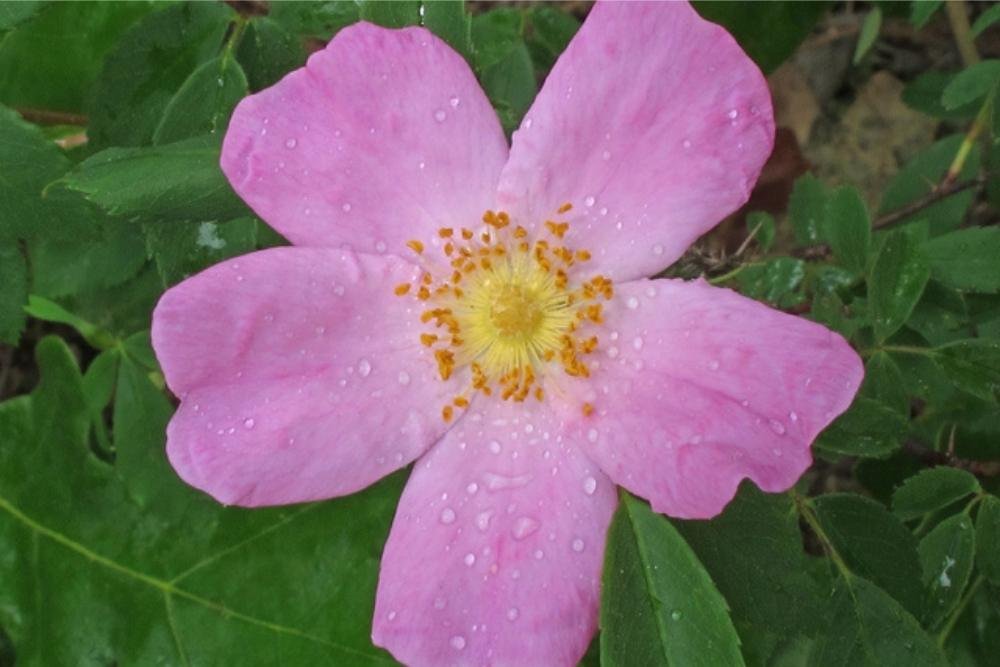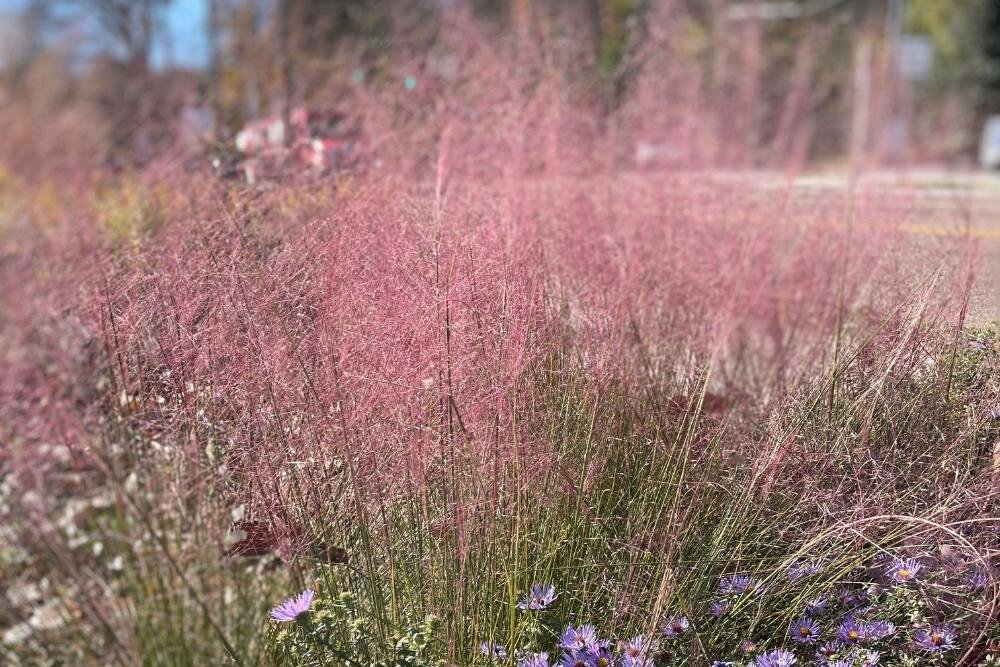
Native Plants Sustain All Life on Earth
Our Native Plant Nursery is Open for Fall Planting
During the open season, you can visit each week from Thursday through Saturday, 9 AM to 4 PM. Our final day of the open season is Saturday, November 22.
You can schedule a visit outside these hours by emailing nursery@reflectionriding.org or calling 423-497-6208 to schedule an appointment.
We are located at 400 Garden Road, Chattanooga, TN. Enter through our main gates and follow signs to the Nursery.

Shop Native Plants
Native Plants for Sale in Chattanooga
Make a difference for the planet. Restore your yard at home, at the office, or at your local school or park. Even a single native plant raised on a patio helps restore the web of life.
Immersive, nature-based learning
At Reflection Riding, we believe that education is the key first step towards conservation, preservation, and a better understanding of the world. Our educational programs aim to cultivate and inspire an interest in science and the importance of nature with hands-on, experiential learning that leaves a lasting impact on kids of all ages.
“A long walk in the woods, gorgeous native plants for my home, a wonderful place to volunteer, an evening program under the stars, all just a few minutes from home - what a treasure right in our backyard!”
— Jennifer Goodman
















